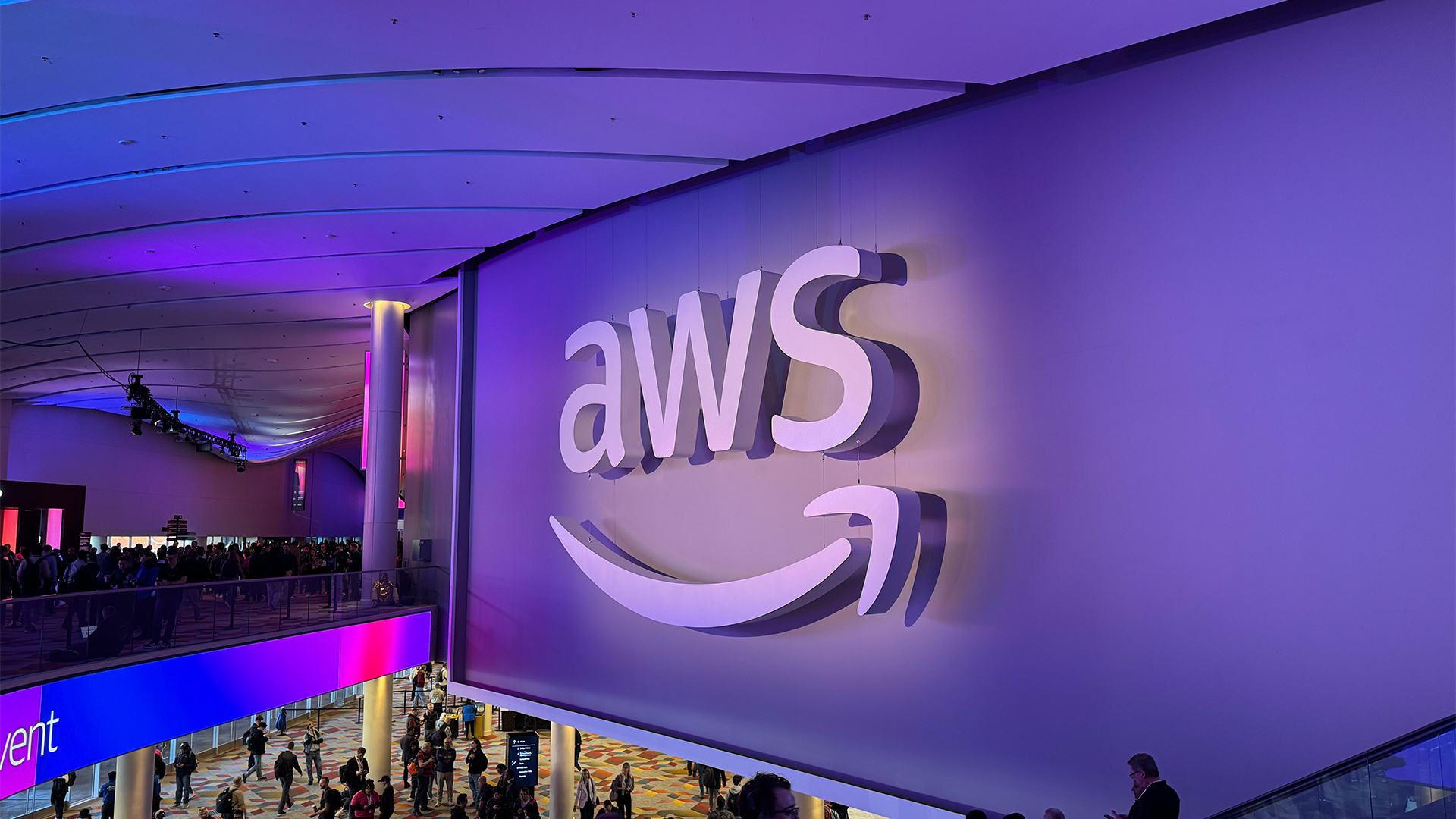Enterprises are ramping up IT observability investment – here's why
Increased developer speed and productivity are key factors in the IT observability drive


Most companies plan to invest more in IT observability, according to research from Splunk, with improved network visibility enabling staff to spot problems 2.8 times faster.
Observability is an industry term for being able to measure the state of a system such as an IT network by checking outputs such as sensor data.
In a report, Splunk breaks down observability practices into four stages: foundational visibility, guided insights, proactive response, and unified workflows. Based on that, it labeled companies into four stages of "observability maturity" -beginning, emerging, evolving, and leading.
Splunk found that just 11% of organizations in the study have reached that final stage, and only 8% in the UK, suggesting British businesses are lagging other countries when it comes to this idea.
"Building a leading observability practice means being obsessed with delivering incredible digital experiences to your customers, and embedding that mindset into every decision," said Patrick Lin, senior VP and general manager of observability at Splunk.
Splunk argues there are hidden costs to not managing observability well, including staff burnout and lost opportunities to boost productivity. Indeed, two-thirds of the 1,850 IT staff and developers surveyed said they had seen colleagues quit over too many notifications and alerts — one indicator of ineffective observability, Splunk noted.
Observability investments speeding up response times
On the positive side, managing observability well can help spot application problems 2.8 times faster, according to Splunk, which compared the results of companies deemed to be leading in observability versus those just in the beginning stages.
Sign up today and you will receive a free copy of our Future Focus 2025 report - the leading guidance on AI, cybersecurity and other IT challenges as per 700+ senior executives
That allows more than two-thirds of staff at organizations who are leading with observability to spot problems within minutes or even seconds of an outage, without wasting time on false alarms.
Indeed, at organizations further along in their observability practice, 80% of alerts are legitimate, versus more than half at those earlier in the process.
"Leaders not only achieve greater success in mitigating downtime, they also see greater developer innovation and speed," said Lin.
No wonder then that 86% of those surveyed for the research said they were planning to invest more in observability.
AI boost
Given the data-led approach to observability, it's no surprise that almost all — a whopping 97% — companies surveyed by Splunk are using AI or machine learning to help boost this practice in their organization. That's up from 66% in last year's survey, Splunk noted.
RELATED WHITEPAPER

Splunk said AI and machine learning are ideal technologies to help employees spot anomalies, unpick root causes, recommend actions and automate tasks. And that's necessary as more than half of respondents receive too many alerts, leading to burnout.
According to the firm, those it categorized as "leaders" are largely using AI or machine learning to manage alerts, helping reduce the "noise" that staff must sift through.
Beyond AI, Splunk pointed to OpenTelemetry, an open-source data collection standard that it says helps avoid vendor lock-in, saying it's overwhelmingly used by those the report deems observability leaders.
Freelance journalist Nicole Kobie first started writing for ITPro in 2007, with bylines in New Scientist, Wired, PC Pro and many more.
Nicole the author of a book about the history of technology, The Long History of the Future.
-
 AWS just quietly increased EC2 Capacity Block prices – here's what you need to know
AWS just quietly increased EC2 Capacity Block prices – here's what you need to knowNews The AWS price increases mean booking GPU capacity in advance just got more expensive
-
 Accenture acquires Faculty, poaches CEO in bid to drive client AI adoption
Accenture acquires Faculty, poaches CEO in bid to drive client AI adoptionNews The Faculty acquisition will help Accenture streamline AI adoption processes

